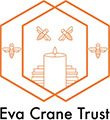|
Various treatments are currently available for the control of Varroa mites. Some of these treatments depend on using natural and nonchemical compounds. In this study, the impacts of some materials (oxalic acid, thymol, and potassium citrate) on the survival of honey bees and some quality parameters were investigated under laboratory conditions. The potential impacts of different feeding types (sugar syrup, sugar candy, honey candy, honey jelly, and creamed honey) mixed with the tested Varroa control materials on honey bees were also studied. The study showed that using high percentages of oxalic, thymol, or potassium citrate can passively impact honey bees while using 0.5% is more preferable. The study also proved that feeding type, either as a liquid or solid, except for honey jelly, has no undesirable impacts on the survival or studied parameters of honey bee workers and drones. Drones fed on potassium regardless of |
|
Abou-Shaara, H.F.; M. Staron and T. Cermáková (2017). Impacts of oxalic acid, thymol, and potassium citrate as Varroa control materials on some parameters of honey bees. Turkish Journal of Veterinary and Animal Sciences, 41(2): 238-247. |
| http://journals.tubitak.gov.tr/veterinary/ |









